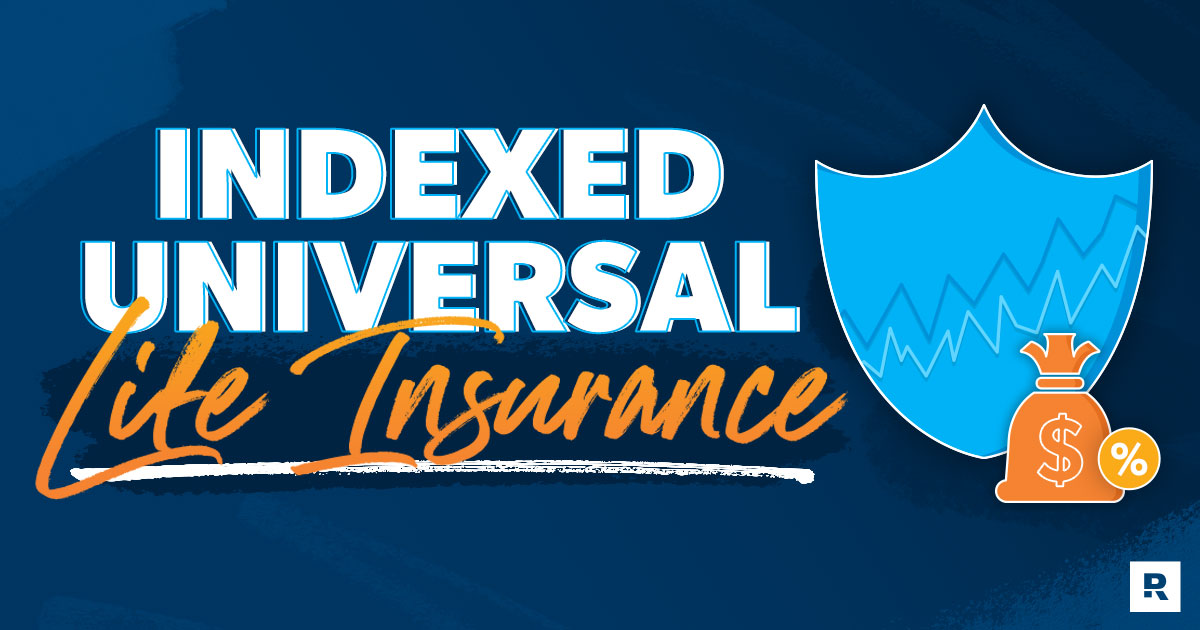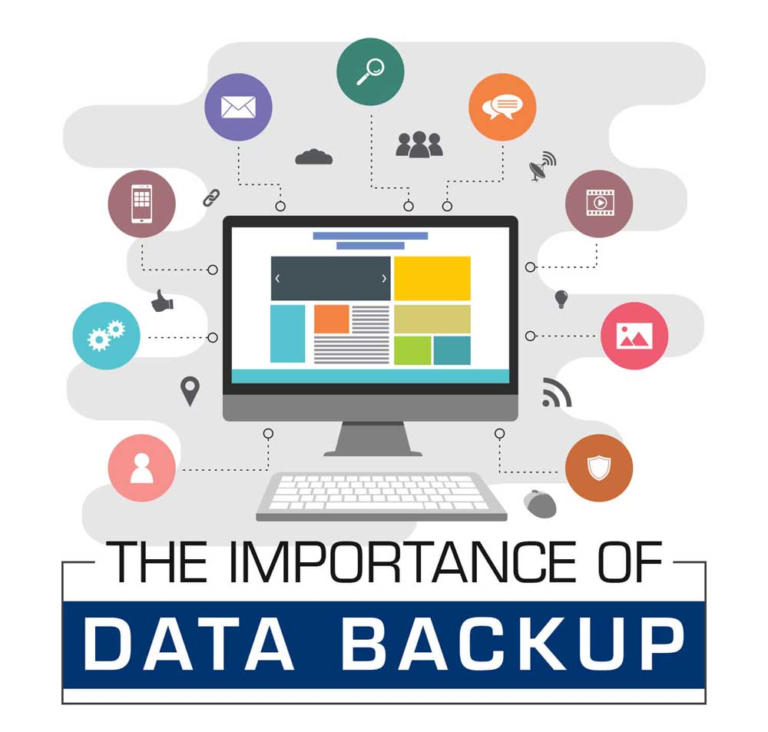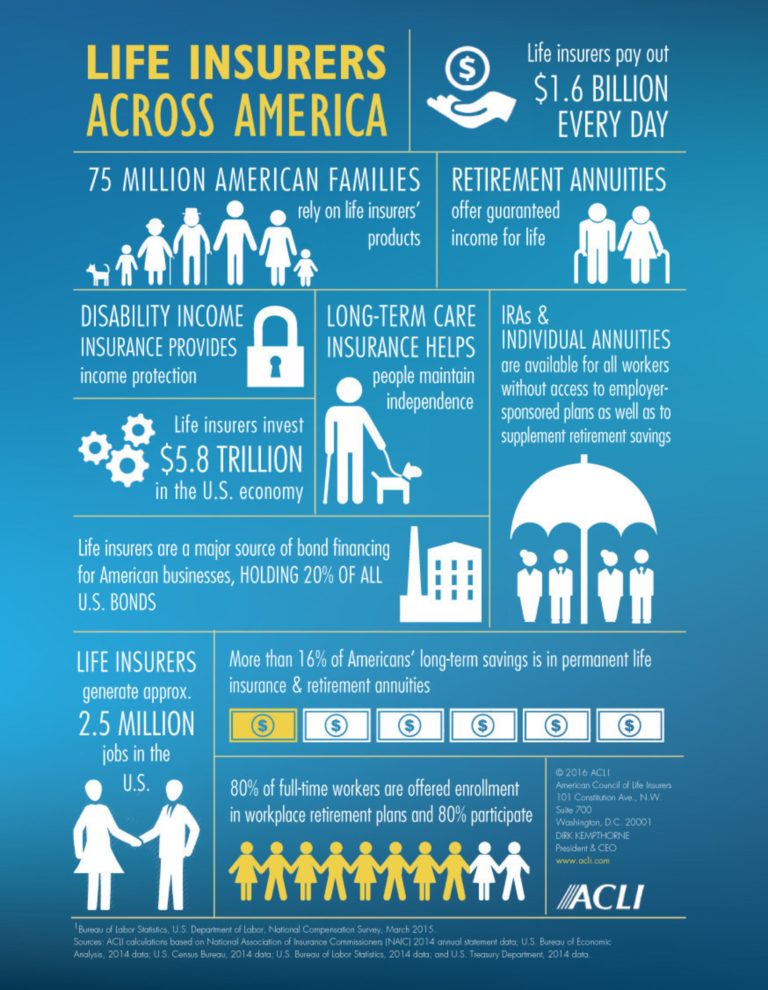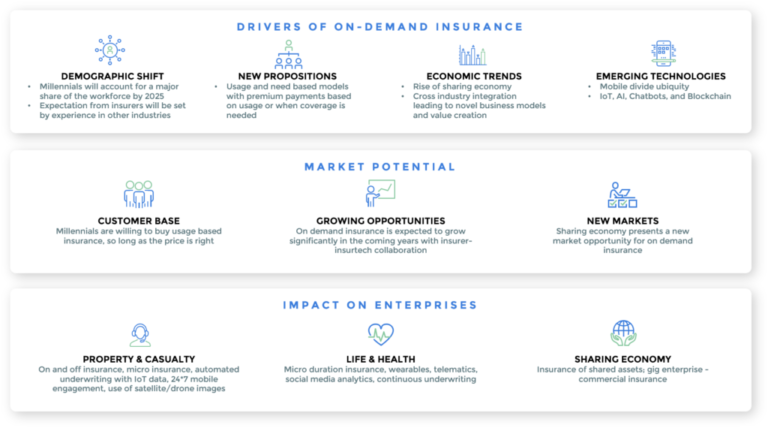Indexed Universal Life Insurance: A Comparison with WL
Indexed universal life insurance (IUL) is rapidly becoming a popular choice for individuals seeking flexible and innovative life insurance solutions. Unlike traditional whole life insurance, which offers fixed premiums and guaranteed cash value growth, IUL provides policyholders with premium flexibility and the potential for cash value accumulation linked to a stock market index. This unique approach allows individuals to benefit from market gains while ensuring a safety net against downturns, making it an attractive option for those looking to enhance their financial security. Additionally, IUL policies offer customizable features through insurance policy riders, further tailoring coverage to meet personal needs. As we explore the advantages of indexed universal life insurance, it’s essential to compare its benefits against those of whole life insurance to help you make an informed decision about your financial future.
When considering permanent life insurance options, indexed universal life insurance stands out as a versatile alternative to more traditional policies like whole life insurance. This innovative insurance product not only ensures lifelong coverage but also allows for dynamic cash value growth linked to the performance of an equity index. With features such as adjustable premiums and the inclusion of policy loans, indexed universal life insurance caters to the evolving financial needs of policyholders. Moreover, the ability to incorporate various policy riders enhances the overall coverage, providing additional security and customization. As we delve deeper into the landscape of life insurance, understanding the nuances between indexed universal life insurance and its counterparts will empower you to choose the right policy for your financial goals.
Understanding Indexed Universal Life Insurance (IUL)
Indexed universal life insurance (IUL) has gained traction in the life insurance market due to its distinctive cash value accumulation strategy. Unlike traditional whole life insurance (WL) policies, which offer stable, guaranteed growth, IUL policies link their cash value growth to a financial index, such as the S&P 500. This mechanism allows policyholders to potentially benefit from the stock market’s upsides while safeguarding against market downturns with a predetermined minimum interest rate. The innovative design of IUL not only appeals to those seeking higher returns but also provides a safety net that reassures policyholders they won’t lose their investment in a volatile market.
Moreover, the flexibility of IUL policies extends beyond cash value growth. Policyholders can adjust their premium payments to accommodate changing financial circumstances, making IUL an attractive option for individuals who prioritize adaptability in their financial planning. This unique blend of cash value potential and premium flexibility sets indexed universal life insurance apart from whole life insurance, positioning it as a modern solution for those looking for comprehensive life insurance coverage that aligns with their financial goals.
Cash Value Accumulation: IUL vs. Whole Life Insurance
Cash value accumulation is a critical feature of both indexed universal life (IUL) and whole life (WL) insurance policies, but the mechanisms of growth differ significantly. WL policies typically grow cash value at a guaranteed interest rate, supplemented by non-guaranteed dividends based on the insurer’s performance. This approach provides stability but may limit the growth potential compared to IULs. In contrast, IUL policies leverage equity index participation, allowing cash value to grow based on the performance of specified market indexes. This strategy opens the door for potentially higher returns, making IUL a compelling choice for individuals looking to maximize their cash value accumulation.
However, policyholders must also consider the risks associated with index-based growth. While IUL provides a minimum interest rate to protect against market losses, the non-guaranteed portion is subject to market fluctuations, which can impact overall cash value growth. In this regard, understanding the balance between risk and reward is crucial for potential IUL policyholders. Evaluating both cash value growth strategies can help individuals make informed decisions that align with their financial objectives.
Navigating Premium Flexibility in Life Insurance Policies
Premium flexibility is another area where indexed universal life insurance (IUL) shines compared to whole life insurance (WL). WL policies require policyholders to maintain fixed premium payments, which can pose challenges during financial hardships or significant life changes. In contrast, IUL offers adjustable premiums, enabling policyholders to increase or decrease their contributions based on their current financial situation. This adaptability is particularly beneficial in times of economic uncertainty, allowing individuals to manage their insurance coverage without sacrificing their financial stability.
The ability to tailor premium payments can also enhance the overall value of the insurance policy. For instance, during prosperous years, policyholders might choose to contribute more, accelerating cash value growth or enhancing death benefits. Conversely, during challenging financial periods, they can opt for lower contributions without risking policy lapse, provided they meet minimum requirements. This versatility makes IUL attractive for those seeking a life insurance solution that can evolve alongside their financial journey.
Policy Lapse Protection: Securing Your Coverage
One of the standout features of indexed universal life insurance (IUL) is its policy lapse protection, particularly through the inclusion of a no-lapse guarantee. This guarantee ensures that as long as policyholders meet a minimum premium payment, their coverage remains intact for a guaranteed period, typically spanning 20 to 30 years. This protection can be invaluable, especially for individuals who may face financial difficulties or unexpected expenses that could otherwise jeopardize their insurance coverage.
In comparison, whole life insurance policies do not typically offer the same level of protection against lapses, relying instead on the cash value to cover costs. This can lead to potential coverage gaps if the cash value is insufficient. Therefore, the no-lapse guarantee of IUL policies provides an added layer of security, ensuring policyholders can maintain their coverage even during financially challenging times. Understanding this aspect is crucial for anyone considering life insurance options, as it directly impacts long-term financial security.
Evaluating Investment Risks Associated with IUL Policies
While indexed universal life insurance (IUL) offers numerous benefits, potential policyholders must also be aware of the investment risks involved. The growth of cash value in an IUL is partially tied to the performance of an equity index, which inherently involves market risks. Although IUL policies provide a guaranteed minimum interest rate to protect against market declines, the returns linked to the index can fluctuate significantly, impacting the overall cash value growth.
It’s vital for policyholders to carefully assess their risk tolerance before investing in IUL. Those comfortable with some level of investment risk may find the potential for higher returns appealing, while more conservative individuals may prefer the stability offered by whole life insurance. Understanding the investment landscape associated with IUL, including the potential for lower-than-expected cash value growth during market downturns, is crucial for making informed decisions about life insurance options.
Understanding Policy Loans: Accessing Cash Value
Policy loans are a significant feature of both indexed universal life (IUL) and whole life (WL) insurance policies, offering a way for policyholders to access their cash value. These loans can provide tax-free income during retirement or times of financial need, making them an attractive option for individuals looking to leverage their life insurance policies. However, it’s essential to understand the nuances of policy loans between IUL and WL to make informed choices.
IUL policies allow for indexed loans, where the policyholder can continue to earn interest on their cash value, even on the borrowed portion, as it remains linked to the performance of the equity index. In contrast, WL policies may offer fixed loans, which do not provide the same potential for growth. This difference highlights the flexibility and potential advantages of IUL policies, but policyholders must also consider that unpaid loans can reduce the death benefit or lead to policy lapse. Evaluating these factors is crucial for effectively managing policy loans and maintaining financial security.
The Role of Policy Riders in Customizing Insurance Coverage
Policy riders play an essential role in enhancing both indexed universal life insurance (IUL) and whole life insurance (WL) policies. These additional features allow policyholders to customize their coverage according to their unique needs and circumstances. For instance, riders such as accelerated death benefits, long-term care, or disability waivers can provide essential support and financial security when facing unforeseen events or health-related challenges.
However, it’s important to recognize that adding riders can increase the overall cost of the insurance policy. Policyholders need to weigh the benefits of enhanced coverage against the additional expenses involved. By carefully considering which riders align with their financial goals and personal needs, policyholders can tailor their insurance policies to provide the most comprehensive protection, ensuring they are prepared for various circumstances throughout their lives.
Comparing Surrender Charges and Withdrawal Options
Surrender charges and withdrawal options are critical considerations when evaluating indexed universal life insurance (IUL) and whole life insurance (WL) policies. Surrender charges are fees that come into play if a policyholder decides to cancel their policy within a specified period, usually the first several years. While both IUL and WL may impose these charges, IUL policies often have more flexible withdrawal options that can mitigate the impact of surrender fees.
For instance, IUL policies might allow for partial surrenders where policyholders can access a portion of their cash value without incurring the full surrender charges. Conversely, WL policies typically do not have surrender charges for complete cancellations, but the amount available for withdrawal may be significantly lower than the total premiums paid. Understanding these dynamics is essential for policyholders who may need to access their cash value, as it directly affects their financial planning and overall policy management.
The Bottom Line: Why Choose Indexed Universal Life Insurance?
In summary, indexed universal life insurance (IUL) presents a compelling alternative to traditional whole life insurance (WL) due to its innovative features and benefits. With its unique cash value accumulation strategy tied to equity index performance, IUL policies offer the potential for higher returns while maintaining a safety net through guaranteed minimum interest rates. This approach, combined with premium flexibility and robust policy lapse protection, makes IUL an increasingly popular choice for individuals seeking adaptable life insurance solutions.
Nonetheless, prospective policyholders must conduct thorough research and consult with financial professionals to ensure they select the insurance product that best aligns with their individual needs and financial objectives. By understanding the advantages and risks associated with IUL, individuals can make informed decisions about their life insurance coverage, paving the way for a secure financial future.
Frequently Asked Questions
What is indexed universal life insurance (IUL) and how does it differ from whole life insurance?
Indexed universal life insurance (IUL) is a type of permanent life insurance that combines death benefit protection with cash value accumulation linked to a specific equity index, such as the S&P 500. Unlike whole life insurance (WL), which offers guaranteed cash value growth at a fixed interest rate plus potential dividends, IUL allows for potentially higher cash value growth during market upswings while protecting against downturns with a minimum guaranteed interest rate.
How does cash value accumulation work in indexed universal life insurance compared to whole life insurance?
In indexed universal life insurance, cash value accumulation is tied to the performance of an equity index, providing the opportunity for higher returns compared to the fixed interest and potential dividends offered by whole life insurance. This innovative approach allows IUL policyholders to benefit from market growth while ensuring a level of protection against losses.
What are the benefits of premium flexibility in indexed universal life insurance?
Premium flexibility in indexed universal life insurance allows policyholders to adjust their premium payments based on changing financial situations. This adaptability is a significant advantage over whole life insurance, which requires fixed premiums, making IUL more suitable for those who may experience fluctuations in their income or financial priorities.
What are policy loans in indexed universal life insurance, and how do they differ from those in whole life insurance?
Policy loans in indexed universal life insurance allow policyholders to access their cash value on a tax-free basis, similar to whole life insurance. However, IUL offers the choice between indexed loans, which can earn interest based on the equity index performance, and fixed loans, which have a constant interest rate. In contrast, whole life insurance policy loans may involve direct or non-direct recognition methods that affect cash value growth differently.
What are surrender charges in indexed universal life insurance, and how do they compare to those in whole life insurance?
Surrender charges are fees that may apply if a policyholder cancels their indexed universal life insurance policy within the initial years. While IUL policies may have surrender fees, they still allow for partial withdrawals or policy loans without a full surrender. Whole life insurance policies generally do not impose surrender charges on full surrenders, but the cash value available may be lower than expected.
What is the role of policy riders in indexed universal life insurance?
Policy riders in indexed universal life insurance are additional features that can enhance the policy, such as accelerated death benefits or long-term care riders. These riders allow policyholders to customize their coverage to meet specific needs, similar to how riders function in whole life insurance, but may come with additional costs.
Are policy loans from indexed universal life insurance taxable?
No, policy loans taken against the cash value of indexed universal life insurance are not taxable, making them an attractive option for accessing tax-free income, especially during retirement or financial emergencies. However, unpaid loans can affect the death benefit and potentially lead to policy lapses.
What is the difference between direct recognition and non-direct recognition in whole life insurance policy loans?
Direct recognition and non-direct recognition refer to how insurance companies treat outstanding policy loans when determining dividend rates. Direct recognition adjusts the dividend rate based on the loan balance, potentially lowering growth, while non-direct recognition allows cash value to grow at the same dividend rate regardless of loans outstanding, benefiting policyholders seeking to maintain cash value growth.
What are indexed loans and fixed loans in indexed universal life insurance?
Indexed loans in indexed universal life insurance allow policyholders to earn interest on the borrowed cash value based on equity index performance, potentially leading to continued cash value growth. Fixed loans provide a predetermined interest rate that remains constant, offering predictability. Each option has its advantages and risks, depending on market conditions and the policyholder’s financial strategy.
What risks should policyholders consider with indexed universal life insurance policy loans?
Policyholders should be aware that unpaid policy loans can reduce the death benefit or result in policy lapses, jeopardizing financial security for both themselves and their beneficiaries. It’s important to evaluate the potential benefits and risks of taking policy loans from indexed universal life insurance to make informed financial decisions.
| Key Points | Indexed Universal Life Insurance (IUL) | Whole Life Insurance (WL) |
|---|---|---|
| Type of Coverage | Permanent life insurance providing coverage for the policyholder’s life. | Permanent life insurance providing coverage for the policyholder’s life. |
| Cash Value Growth | Links growth to an equity index (e.g., S&P 500) with a guaranteed minimum interest rate. | Grows at a guaranteed interest rate plus potential non-guaranteed dividends. |
| Premium Flexibility | Adjustable premium payments based on financial situation. | Fixed premium payments required throughout the life of the policy. |
| Policy Lapse Protection | Includes no-lapse guarantee, keeping the policy in force with minimum premium payments. | No similar guarantees for policy lapse. |
| Policy Loans | Indexed loans allow cash value to grow even when borrowed; fixed loans have a constant interest rate. | Direct vs. non-direct recognition affects how loans impact cash value growth. |
| Withdrawal Options | Surrender charges apply for early cancellation; partial surrenders available without canceling. | No surrender charges for full surrenders; potential for lower cash value on withdrawals. |
| Tax Benefits | Policy loans are tax-free, providing flexible income sources during retirement. | Policy loans are also tax-free but may impact cash value. |
Summary
Indexed universal life insurance (IUL) represents a significant advancement in the life insurance landscape, particularly in its approach to cash value accumulation and premium flexibility. Unlike whole life insurance (WL), which offers fixed premium payments and guaranteed growth through dividends, IUL policies allow for dynamic premium adjustments and growth linked to equity market indices. This innovative structure not only provides potential for higher returns but also includes protective features such as no-lapse guarantees. However, as with any financial product, understanding the risks and benefits is essential for policyholders. Overall, IUL stands out as a compelling choice for those seeking a modern, adaptable life insurance solution.







